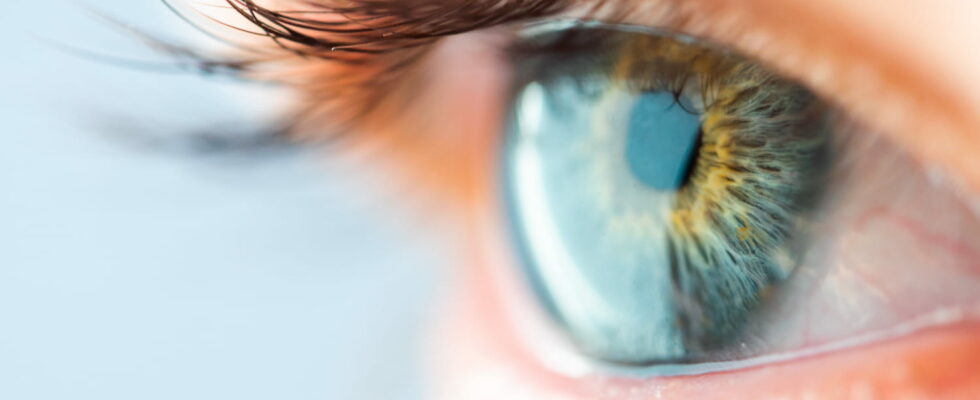You may have it without knowing it…
People who come from a distant planet? Who would be capable of developing superpowers? No. “Asteroid hyalosis” which makes the eyes appear to have a starry sky, is a medical eye condition characterized by the presence of bright yellow-white particles inside the eyeball. It was first described in 1894 and affects less than one percent of the world’s population according to one study. study published in 2023, especially after 60 years. It is identifiable in humans and animals. There remains a lot of gray areas as to what it could indicate about a person’s health…
Several studies have looked into the potential pathologies that could be linked to asteroid hyalosis. It is not yet known exactly by what mechanisms these “asteroid bodies” are formed in the eyes, but according to the authors of the 2023 study, they are composed of calcium, phosphorus and phospholipids. Their formation could be linked to changes in the vitreous body of the eye, the viscous gel present between the lens and the retina, to aging or even to certain diseases such as diabetes and hypertension. A hypothesis already shared by study published in 2017 which found that this condition is more common in people with diabetes: “The exact cause of astetoid hyalosis is unknown, but it may be related to local vascular factors and diabetes” the researchers reported. The condition can also “be associated with macular pathologies (degradation of part of the retina editor’s note) and in particular with epimacular membranes (thin film which covers the central area of the retina editor’s note), explaining a possible decline in visual acuity.” A study published in 2022 had not observed any “systemic factors such as blood pressure, glucose, diabetes, cholesterol and triglycerides” but on the other hand informed that the bodies of asteroids “have a smooth spherical morphology and move with the movement of the vitreous body during head or eye movements.”
Are there any symptoms? One might expect that spots of lights bursting into an eyeball would cause some pain, but patients are usually asymptomatic. Many don’t even know they have it. The disease is therefore often discovered during routine ophthalmological examinations. These small spots can also complicate the diagnosis of other eye diseases by hindering the ophthalmologist’s access to the retina. Most cases of asteroid hyalosis do not require treatment but a vitrectomy, a surgical procedure which involves removing the vitreous from the eye, may be necessary in cases of poor vision, for example.
Although there is a lack of studies on this pathology to have a consensus, it often seems associated with cardiovascular disorders. Researchers advise people who have this rare condition to screen for possible diabetes and/or hypertension. Diabetic patients tend to develop visual complications, including retinopathy (damage to the retina), cataracts and glaucoma which can cause blindness.

